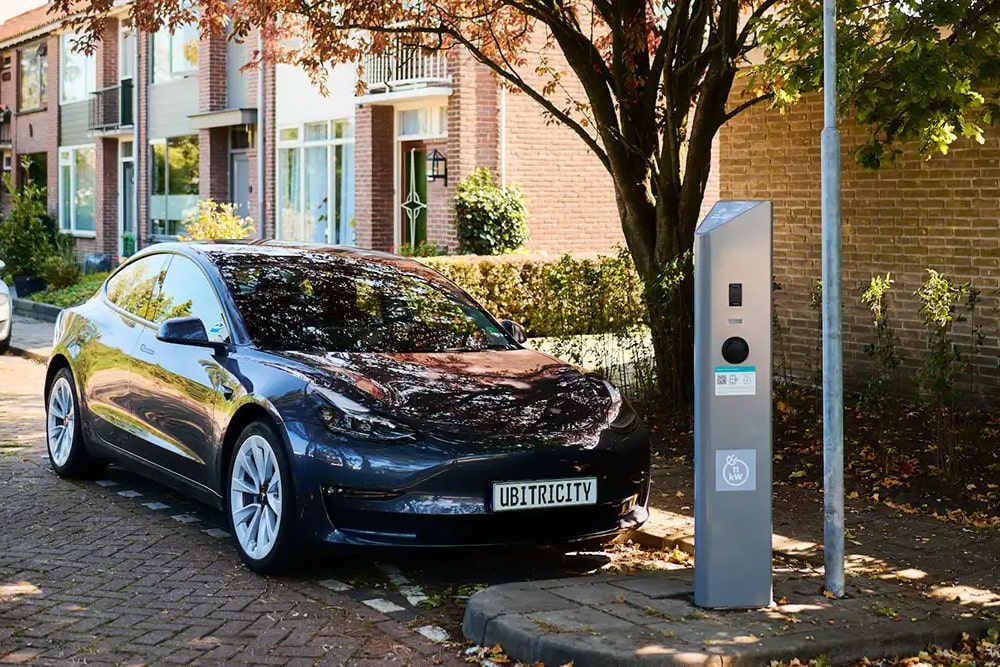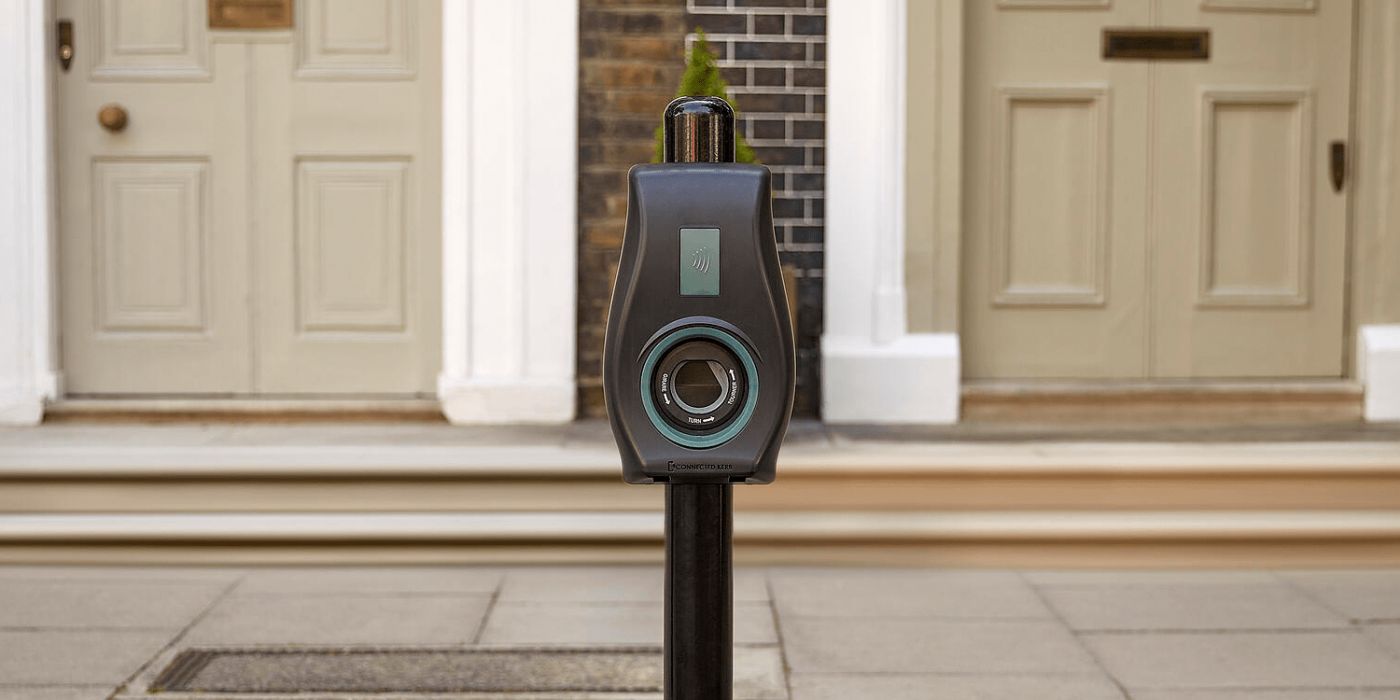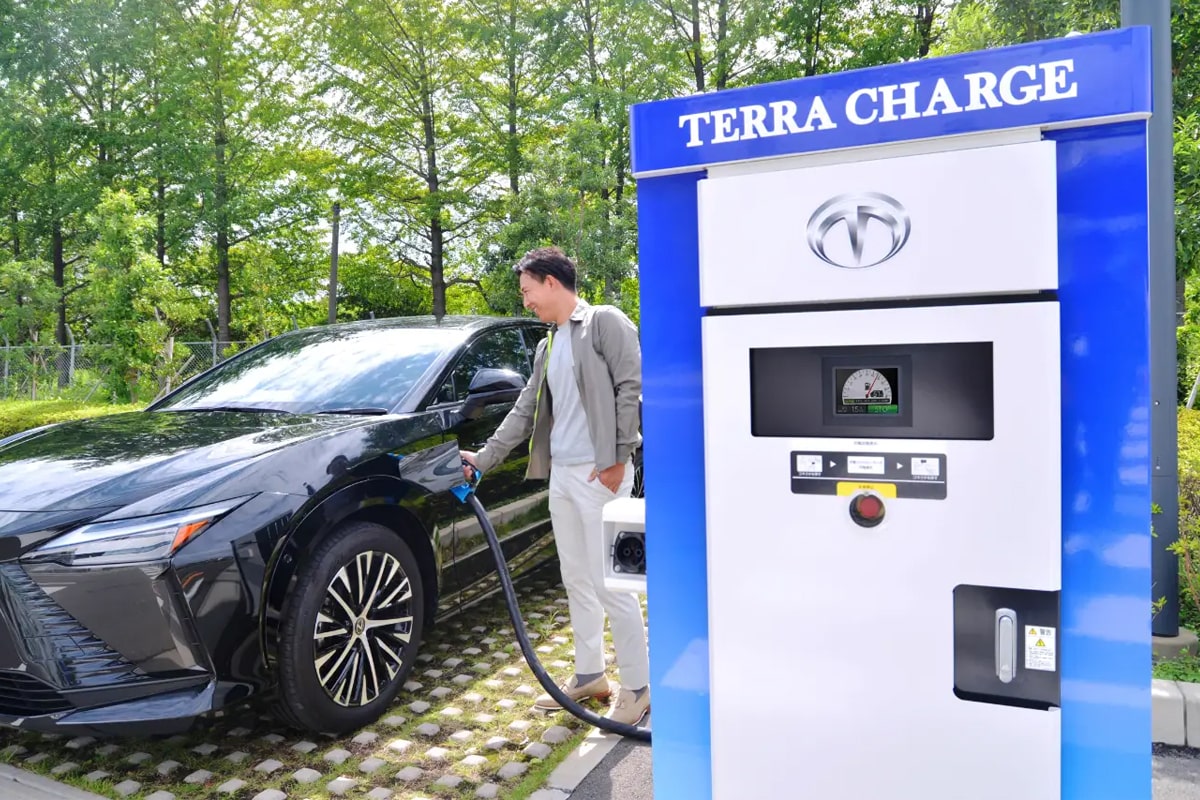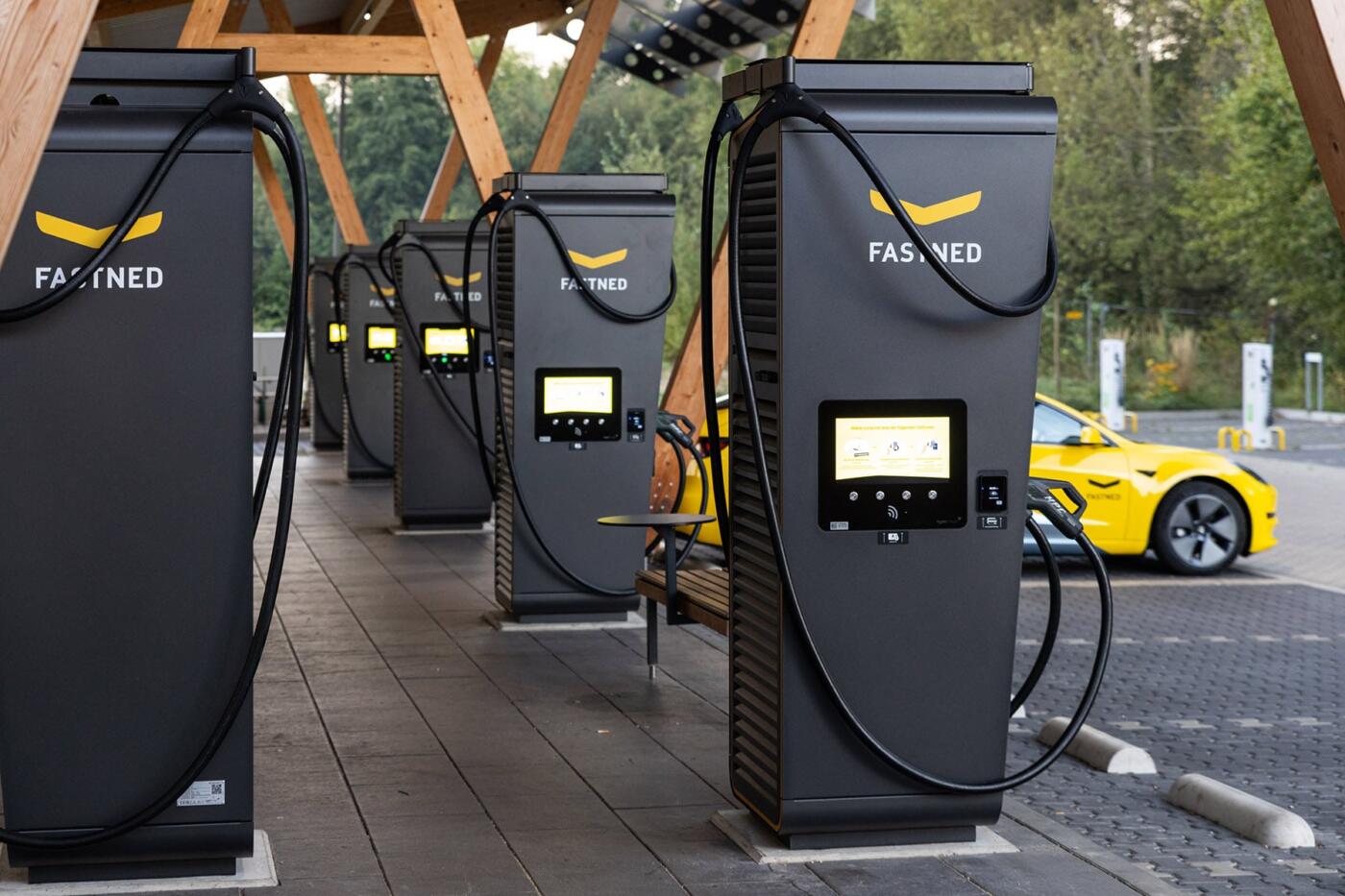Tesla continues to broaden its Supercharger network accessibility for electric vehicles (EVs) beyond its own brand, with the recent opening of the first CCS1-compatible EV Supercharging station in Alaska, located in Chugiak near Anchorage.
This newly equipped Supercharger station now features V3 Supercharging stalls, incorporating built-in CCS1 adapters referred to as “Magic Dock.” Tesla has explicitly stated that this particular Supercharger station is open to both Tesla vehicles and non-Tesla EVs equipped with CCS compatibility.
In Alaska, there are currently only two Supercharger sites, with the second one in Soldotna not yet included in the non-Tesla Supercharging pilot. For non-Tesla EV users interested in utilizing the Chugiak Supercharger, access is granted through the Tesla mobile app, with an account being a prerequisite. This account setup unlocks the CCS1 adapter for non-Tesla EVs.
This expansion aligns with Tesla’s overarching objective of making its Supercharger network more accessible to a broader range of electric cars. Presently, there are roughly 15 Tesla Supercharging stations in the United States, primarily situated in the eastern part of the country, that are accessible to non-Tesla EVs, along with two in Canada.
It’s important to note that, to qualify for public funding under the National Electric Vehicle Infrastructure Formula Program (NEVI), Supercharging stations must provide a minimum of four CCS1 outputs, each capable of delivering at least 150 kilowatts of power concurrently.
Looking ahead, the significance of Tesla’s Magic Dock solution is expected to decrease, as numerous automakers have announced their intention to embrace Tesla’s North American Charging Standard (NACS) charging connector, commencing in 2025. This shift towards industry-wide standards suggests that, over time, most new electric vehicles will come equipped with NACS connectors. Consequently, the Magic Dock can be seen as a temporary solution to assist Tesla Superchargers in meeting federal requirements for public funds as the Supercharger network continues to expand.
Several states have initiated efforts to explore additional regulations aimed at expediting the adoption of NACS connectors in new fast charging stations. However, until the Society of Automotive Engineers (SAE) completes the standardization process and manufacturers develop NACS-compatible chargers, enforcing these requirements may pose challenges. Nevertheless, the trajectory is clear: electric vehicle charging infrastructure is evolving to become more inclusive, accommodating a diverse range of EVs in the years to come.







